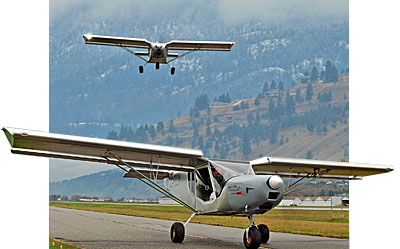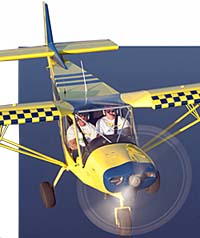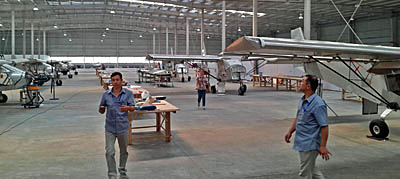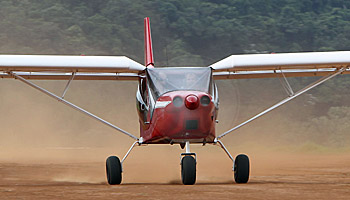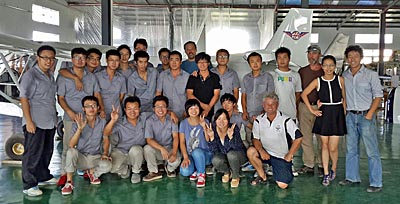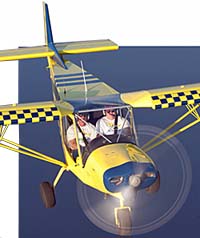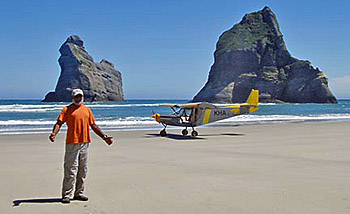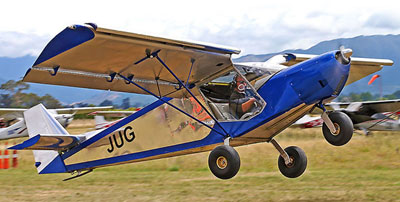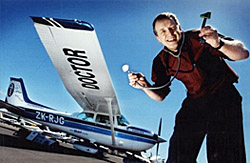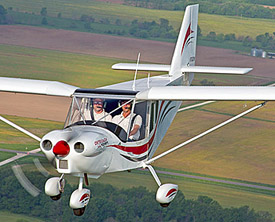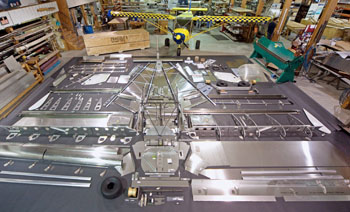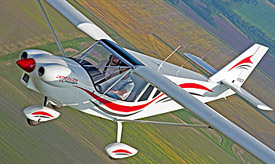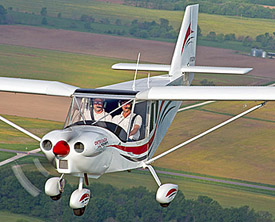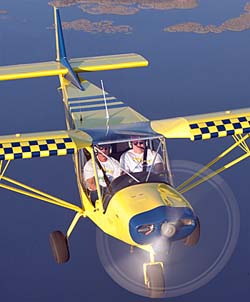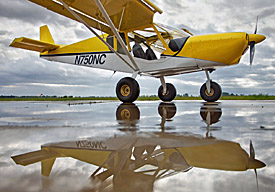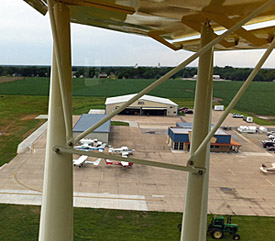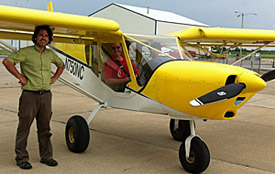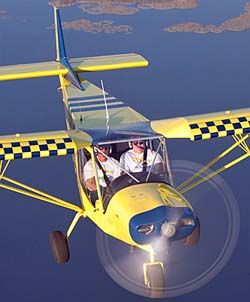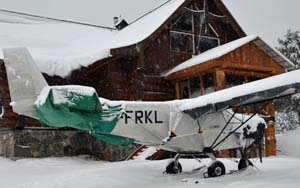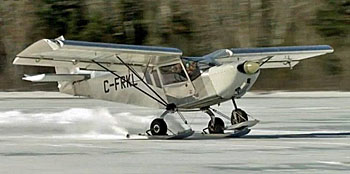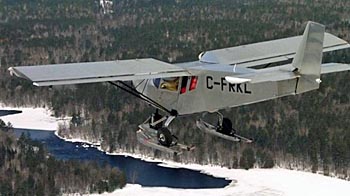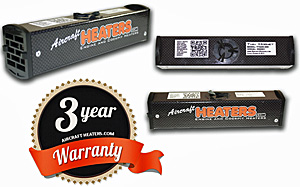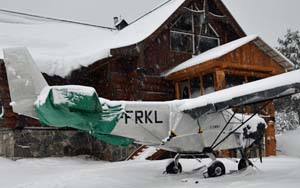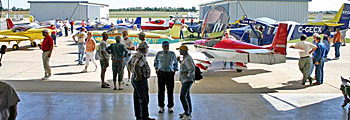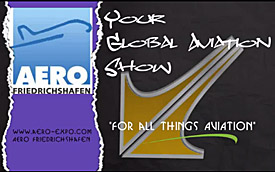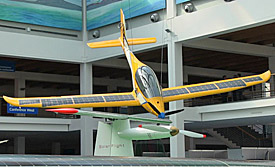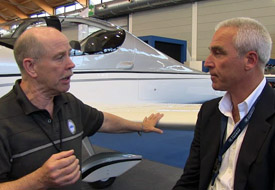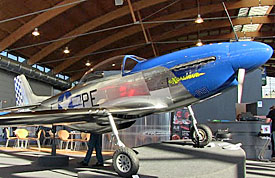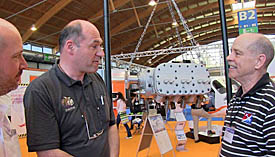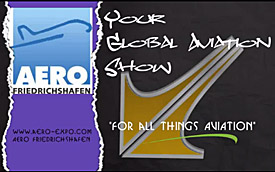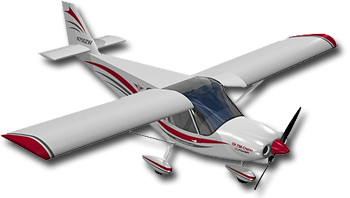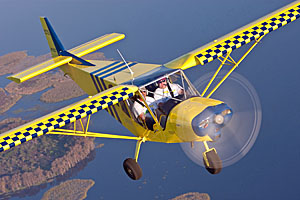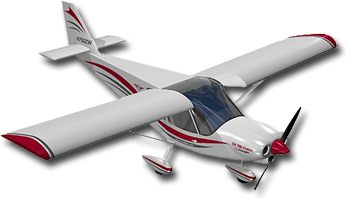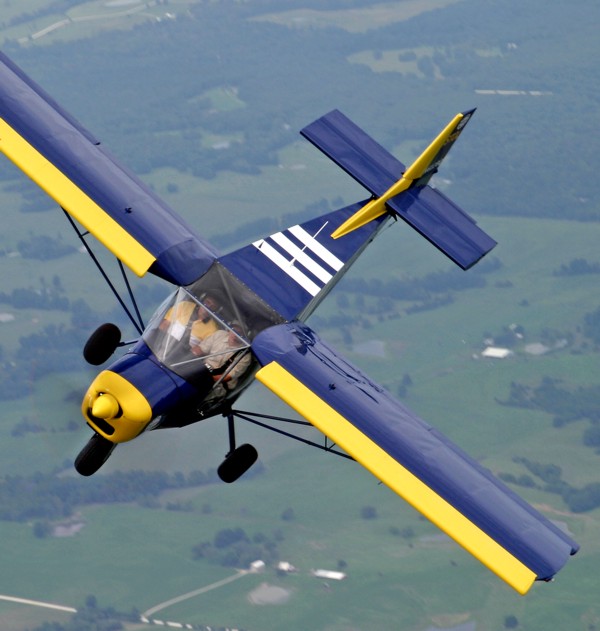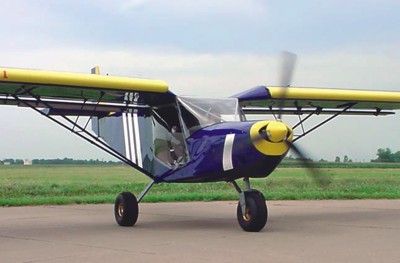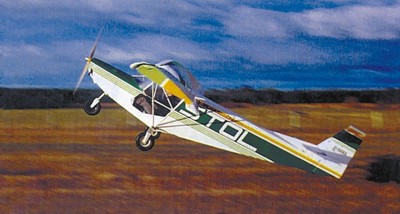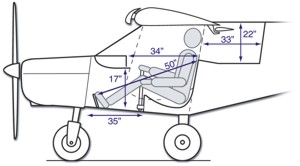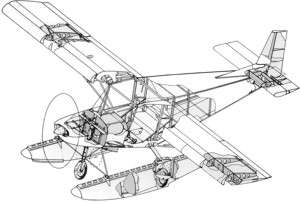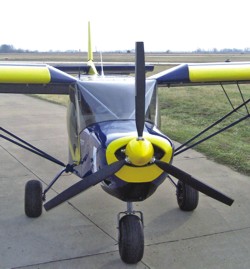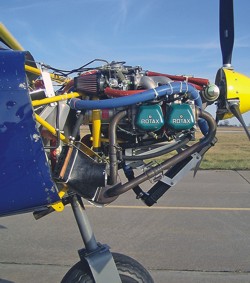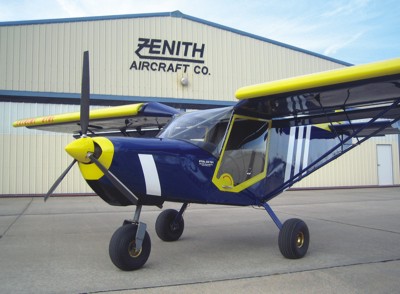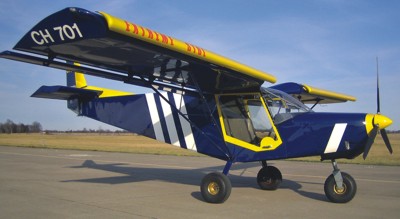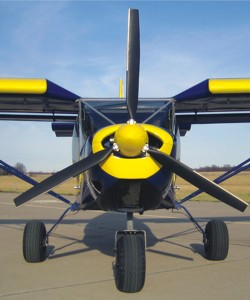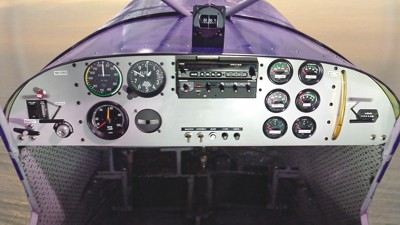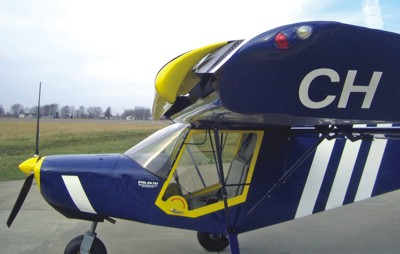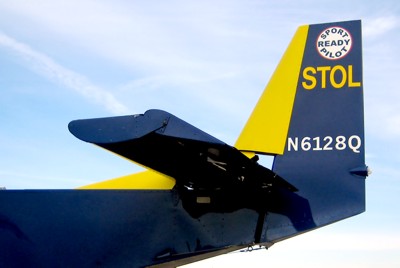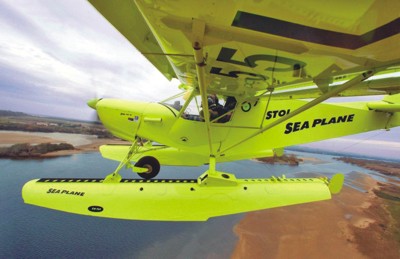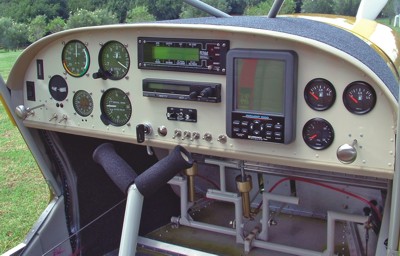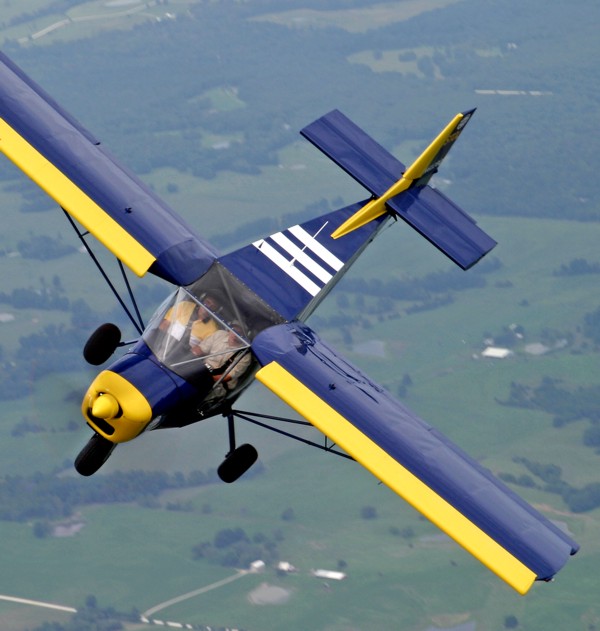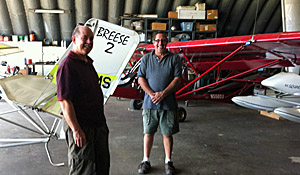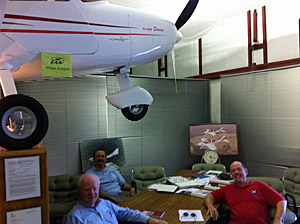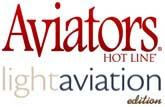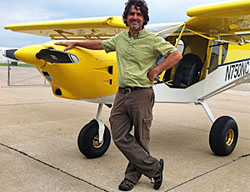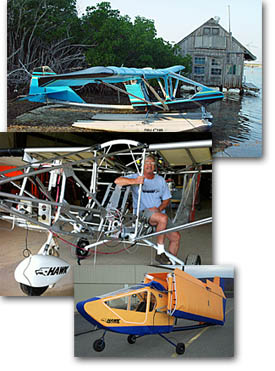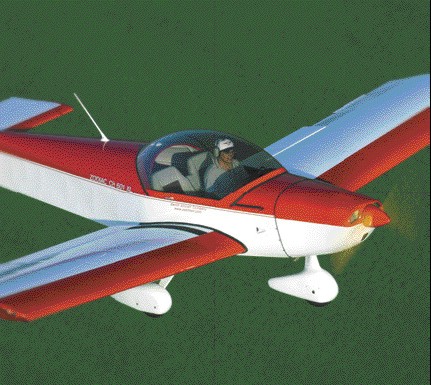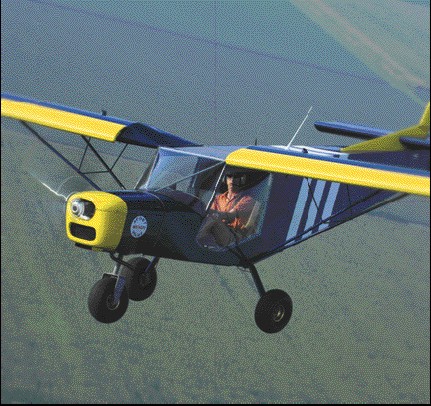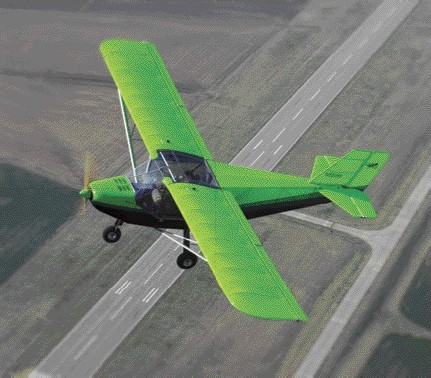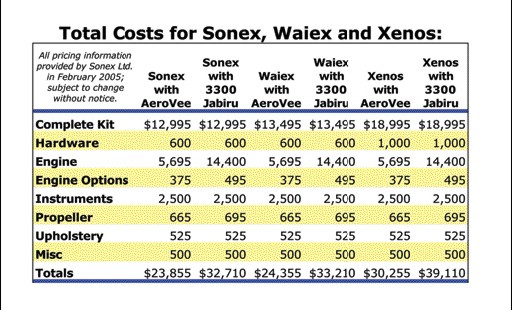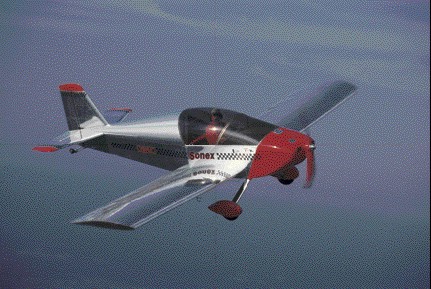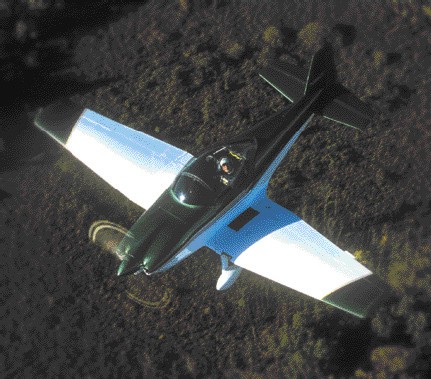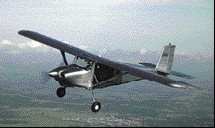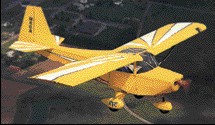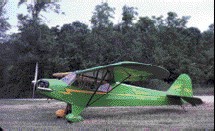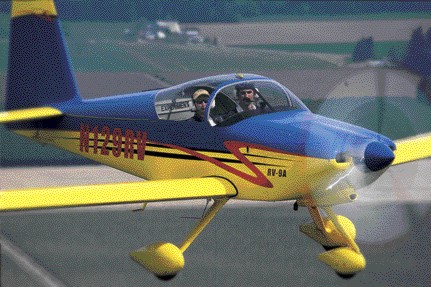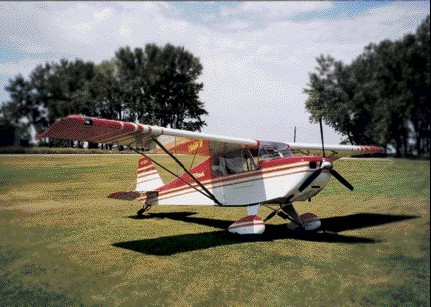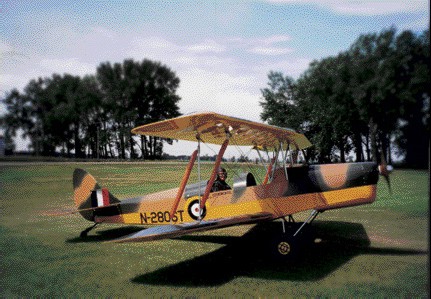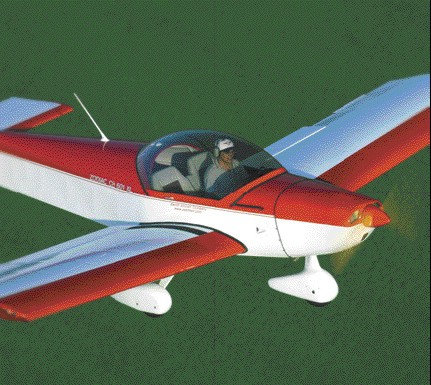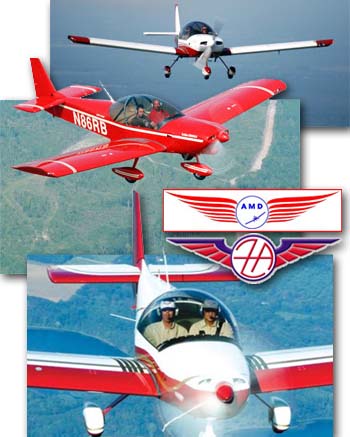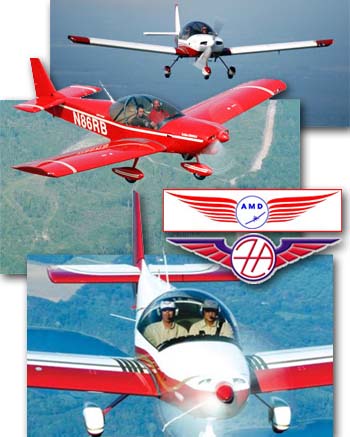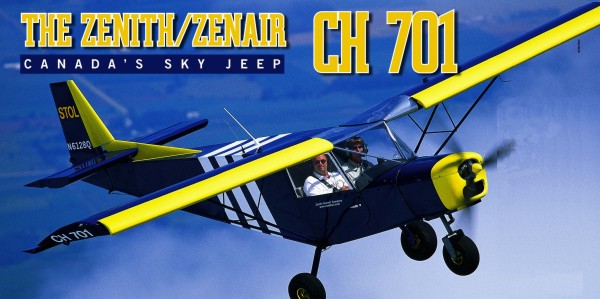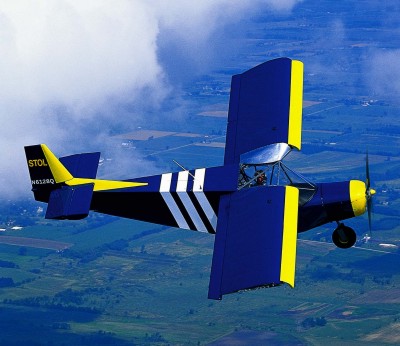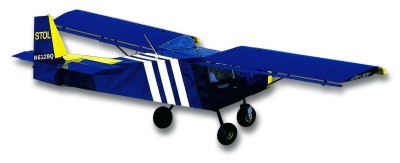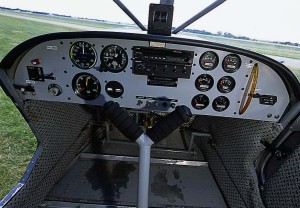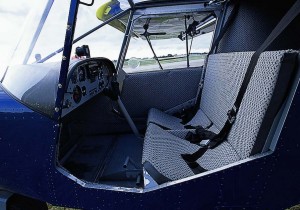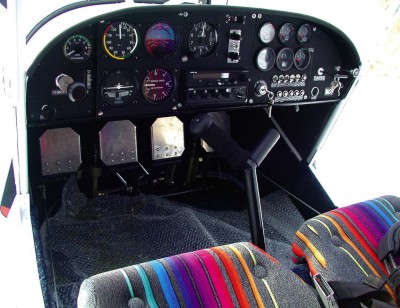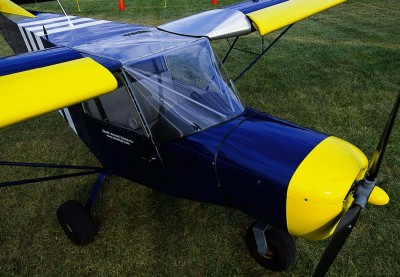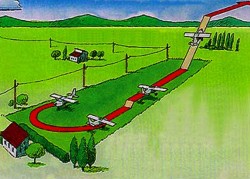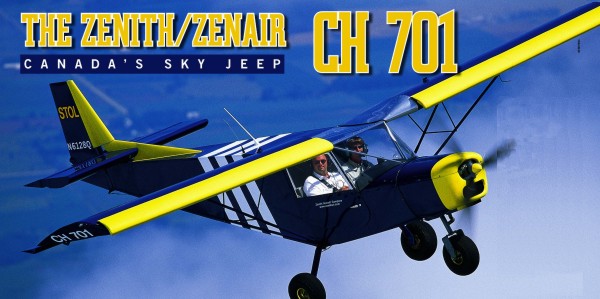
Zenith and Zenair are closely-linked enterprises with different leaders in different countries. In recent years, the three Heintz brothers took different responsibilities for the business founded by dad, Chris Heintz. An aeronautical engineer, Chris founded Zenair Ltd., in Canada in 1974 and parleyed his design pedigree into a flock of airplanes that have sold by the thousand all over the world. Today, Matt, Sebastien, and Michael run the multifaceted firm. Through 2015, the combined effort of Zenith and Zenair sought to produce light plane models called 750 STOL, 750 Cruzer, and 650B Zodiac plus four seat kits called CH 801/8000, a sport-utility plane, and the four-seat CH 640 plus a type-certified four seater called CH 2000. That fleet recently got a bit larger when Zenith / Zenair bought the assets from the Canadian developer of Sam LS. “Sam Aircraft assets have been acquired by the … owners and operators of Zenith Aircraft Company (U.S.) and Zenair Ltd.


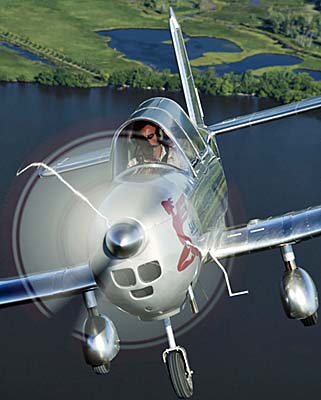
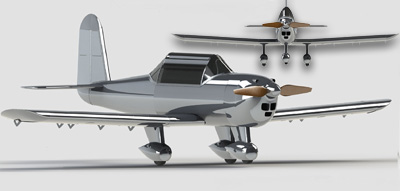
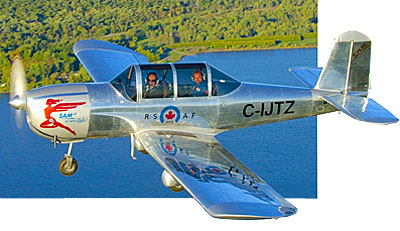
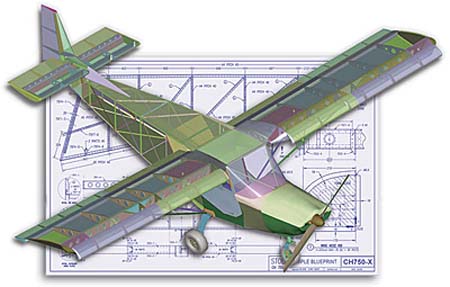
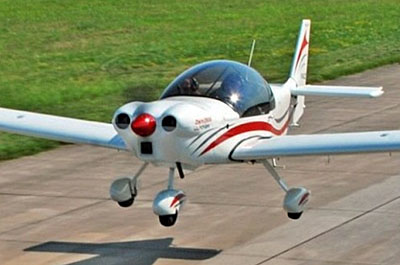
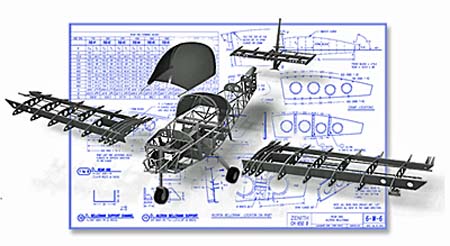
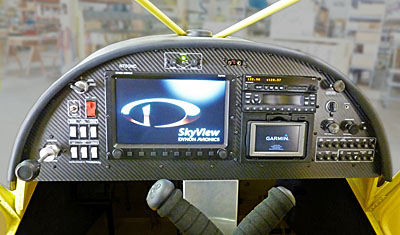
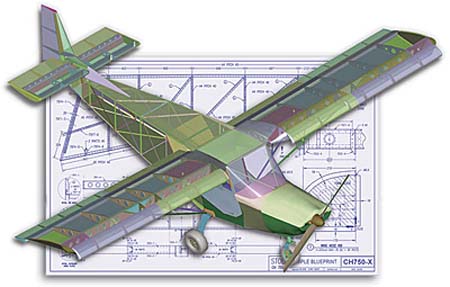
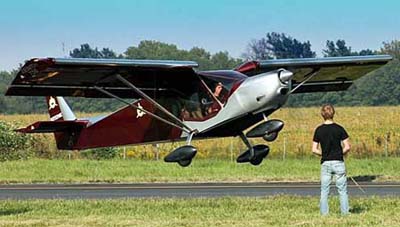 Engine suppliers must love
Engine suppliers must love 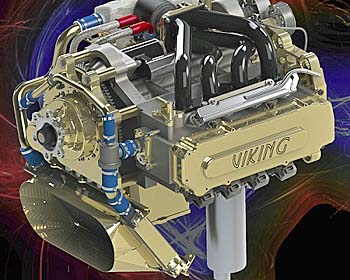 Zenith reported, "Winning performance by Jan Eggenfellner flying a Zenith STOL CH 750 powered by a Viking 110 engine." To win the competition you had to do well at both takeoff and landing, an appropriate way to show off the potential for Zenith's high-lift CH 750 STOL. Jan won the contest with a very impressive 219 feet, comprised of a takeoff at 110 feet and landing in just 109 feet. Of course, as an engine producer this was very satisfying as he flew a handsome burgundy CH-750 powered by one of his Viking engines producing 110 horsepower. As do other powerplant providers, Viking works to assist buyers with is often called a firewall forward package, sometimes containing a nose cowl that encloses the engine that can help performance. Despite some challenges beginning this company (see last paragraph), Viking has successfully installed engines on several aircraft types (nearby photo). At the Missouri Open Hangar Day event, four Viking-powered Zenith models attended including three that made the lengthy trip from Florida plus another from Ohio. Three CH 750s were joined by a low wing CH 650.
Zenith reported, "Winning performance by Jan Eggenfellner flying a Zenith STOL CH 750 powered by a Viking 110 engine." To win the competition you had to do well at both takeoff and landing, an appropriate way to show off the potential for Zenith's high-lift CH 750 STOL. Jan won the contest with a very impressive 219 feet, comprised of a takeoff at 110 feet and landing in just 109 feet. Of course, as an engine producer this was very satisfying as he flew a handsome burgundy CH-750 powered by one of his Viking engines producing 110 horsepower. As do other powerplant providers, Viking works to assist buyers with is often called a firewall forward package, sometimes containing a nose cowl that encloses the engine that can help performance. Despite some challenges beginning this company (see last paragraph), Viking has successfully installed engines on several aircraft types (nearby photo). At the Missouri Open Hangar Day event, four Viking-powered Zenith models attended including three that made the lengthy trip from Florida plus another from Ohio. Three CH 750s were joined by a low wing CH 650.
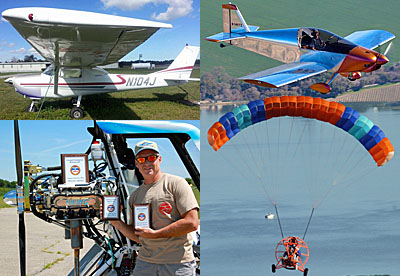 Viking offers a bit more power than the Continental or Rotax engines that lift so many Light-Sport Aircraft in the USA and around the world. UL Power can provide several engines with even more power but Viking prides itself on the performance achieved by their attractive powerplants. The Florida company reported that a Cessna 150 using a Viking engine with a custom cowling can cruise at 135 mph even without wheelpants. That's impressive. I once owned a Cessna 150 with a 150-horsepower Lycoming engine that didn't cruise that fast (though it did empty the standard fuel tanks in a couple hours). One builder of a Van's RV-12 sent airspeed indicator photo proof of cruising 145 miles an hour with the Viking, though we didn't hear the atmospheric conditions at the time. A Sonex reportedly can achieve 170 mph in the speedy, low-cost design from Oshkosh Wisconsin and a Just Aircraft model likewise sent a photo of his ASI showing 115 mph. On the other end of the spectrum, at least one powered parachute operator fitted the Viking ... but speed isn't a factor. Powered parachute speeds are dictated by the canopy wing, not engine power. The Florida engine maker reports fitting 32 air frames in their five years of existence. See our video for
Viking offers a bit more power than the Continental or Rotax engines that lift so many Light-Sport Aircraft in the USA and around the world. UL Power can provide several engines with even more power but Viking prides itself on the performance achieved by their attractive powerplants. The Florida company reported that a Cessna 150 using a Viking engine with a custom cowling can cruise at 135 mph even without wheelpants. That's impressive. I once owned a Cessna 150 with a 150-horsepower Lycoming engine that didn't cruise that fast (though it did empty the standard fuel tanks in a couple hours). One builder of a Van's RV-12 sent airspeed indicator photo proof of cruising 145 miles an hour with the Viking, though we didn't hear the atmospheric conditions at the time. A Sonex reportedly can achieve 170 mph in the speedy, low-cost design from Oshkosh Wisconsin and a Just Aircraft model likewise sent a photo of his ASI showing 115 mph. On the other end of the spectrum, at least one powered parachute operator fitted the Viking ... but speed isn't a factor. Powered parachute speeds are dictated by the canopy wing, not engine power. The Florida engine maker reports fitting 32 air frames in their five years of existence. See our video for 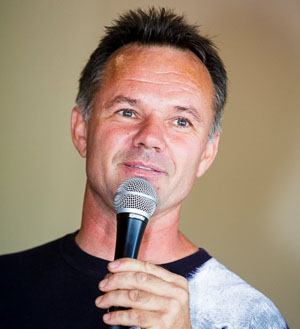 Jan Eggenfellner (photo) is the designer of the Viking Aircraft Engine. For 15 years, from 1994 to 2009, he built and sold aircraft powerplants based on Subaru engines. His goal was to hold down the cost of engines, which as any homebuilder knows, can be a significant investment. By his own telling, a low profit margin and a worsening national economy drove him to bankruptcy in 2009. He wrote, "Some customers lost money. I personally lost everything, providing refunds until no money was left." In 2010, he restarted his engine business based on a Honda block and remaining Subaru parts. "Some interest was gained by showing the engine at a local airshow for Light-Sport Aircraft," he wrote. "An initial cost of $9,900 brought enough customers onboard to form a new company." The Viking engine project was started and financing secured. Today, Jan reported, "Viking Aircraft Engines, LLC is a sound company with 11 people actively working to produce engines in Florida." Reflecting on the earlier enterprise, he admits, "I am sorry that my previous company was unable to survive. I have some critics." He requests that potential customers "ask any Viking Aircraft Engine owner" and to that end, he provides
Jan Eggenfellner (photo) is the designer of the Viking Aircraft Engine. For 15 years, from 1994 to 2009, he built and sold aircraft powerplants based on Subaru engines. His goal was to hold down the cost of engines, which as any homebuilder knows, can be a significant investment. By his own telling, a low profit margin and a worsening national economy drove him to bankruptcy in 2009. He wrote, "Some customers lost money. I personally lost everything, providing refunds until no money was left." In 2010, he restarted his engine business based on a Honda block and remaining Subaru parts. "Some interest was gained by showing the engine at a local airshow for Light-Sport Aircraft," he wrote. "An initial cost of $9,900 brought enough customers onboard to form a new company." The Viking engine project was started and financing secured. Today, Jan reported, "Viking Aircraft Engines, LLC is a sound company with 11 people actively working to produce engines in Florida." Reflecting on the earlier enterprise, he admits, "I am sorry that my previous company was unable to survive. I have some critics." He requests that potential customers "ask any Viking Aircraft Engine owner" and to that end, he provides 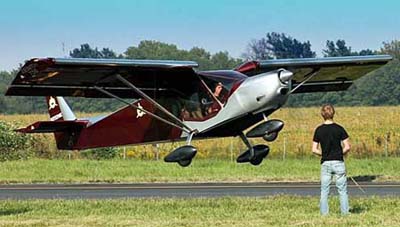
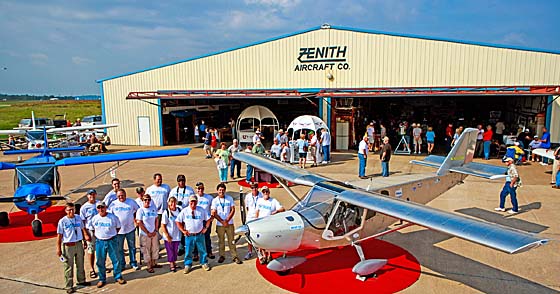
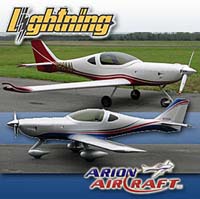
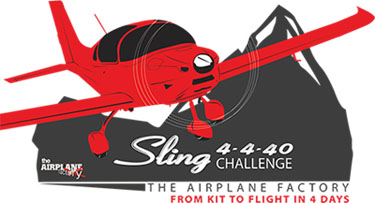
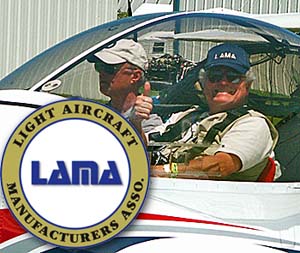
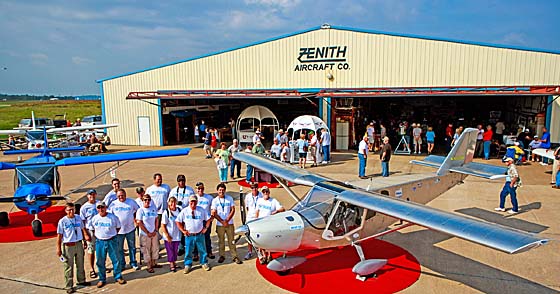
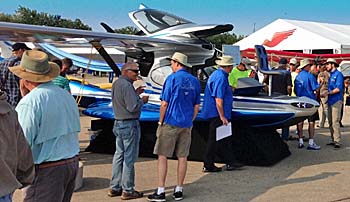
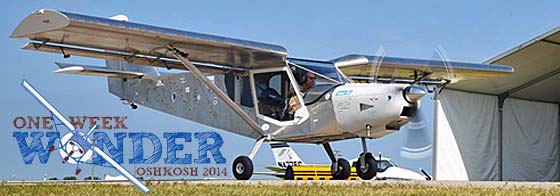
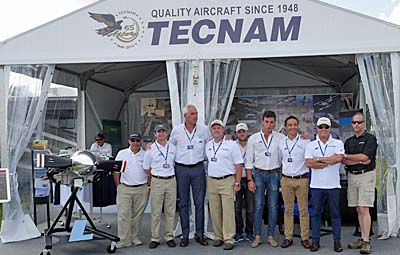
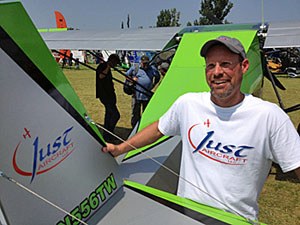
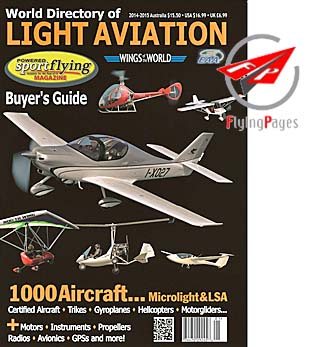
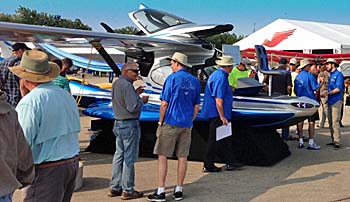
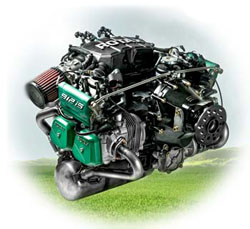
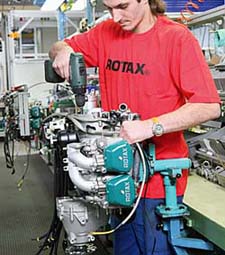
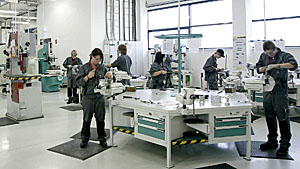
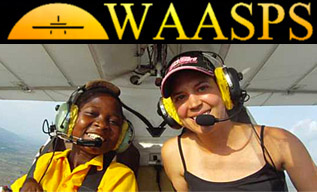
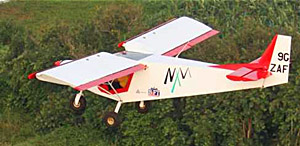
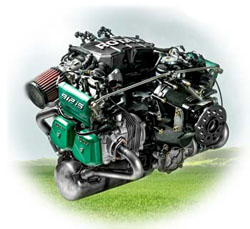
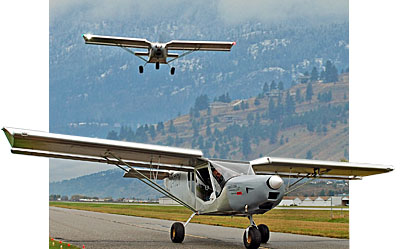
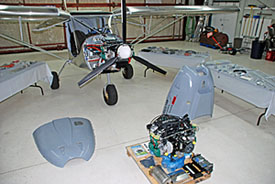 "The first Zenith kit aircraft in North America to fly with the new Rotax 912iS engine was a collaborative effort involving Zenith Aircraft Co., which supplied the aircraft kit, Rotech Research Canada, Ltd. which installed the engine, and Skytek Aircraft Services which assembled the airframe," reported the company. They added that Skytek developed the firewall-forward package for completing the engine installation. "Both the aircraft and the engine performed flawlessly," said Sebastien Heinz, President of Zenith Aircraft. "We put 7.5 hours on the CH 750 on the first day and had no squawks. Rotax has done it right."
"The first Zenith kit aircraft in North America to fly with the new Rotax 912iS engine was a collaborative effort involving Zenith Aircraft Co., which supplied the aircraft kit, Rotech Research Canada, Ltd. which installed the engine, and Skytek Aircraft Services which assembled the airframe," reported the company. They added that Skytek developed the firewall-forward package for completing the engine installation. "Both the aircraft and the engine performed flawlessly," said Sebastien Heinz, President of Zenith Aircraft. "We put 7.5 hours on the CH 750 on the first day and had no squawks. Rotax has done it right." 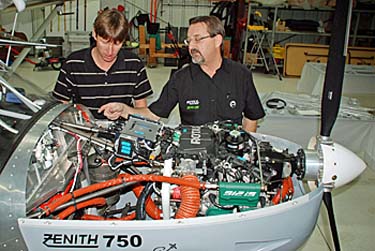 Zenith said installing the fuel-injected 912iS was more complicated than a standard, carbureted 912ULS engine. "However," Zenith added, "the new model has considerably more redundancy, increased efficiency, reduced pilot workload and is certifiable. It operates without primers, carb heat, or mixture controls." The engine and accessories are monitored constantly by a built-in computer that alerts pilots to any issues that arise on the ground or in the air. The result is a higher level of reliability and enhanced safety. The Rotax 912iS is a four-cylinder, four-stroke engine with opposed cylinders that is cooled by air and liquid. A dry sump features lubrication from a separate 0.8-gallon oil tank. Hydraulic valve tappets provide automatic adjustment. The 912 iS provides two redundant electronic fuel injection systems, an engine management system, dual electronic ignition, electric starter and an integrated reduction gear. TBO (Time Before Overhaul) is 2,000 hours.
Zenith said installing the fuel-injected 912iS was more complicated than a standard, carbureted 912ULS engine. "However," Zenith added, "the new model has considerably more redundancy, increased efficiency, reduced pilot workload and is certifiable. It operates without primers, carb heat, or mixture controls." The engine and accessories are monitored constantly by a built-in computer that alerts pilots to any issues that arise on the ground or in the air. The result is a higher level of reliability and enhanced safety. The Rotax 912iS is a four-cylinder, four-stroke engine with opposed cylinders that is cooled by air and liquid. A dry sump features lubrication from a separate 0.8-gallon oil tank. Hydraulic valve tappets provide automatic adjustment. The 912 iS provides two redundant electronic fuel injection systems, an engine management system, dual electronic ignition, electric starter and an integrated reduction gear. TBO (Time Before Overhaul) is 2,000 hours.